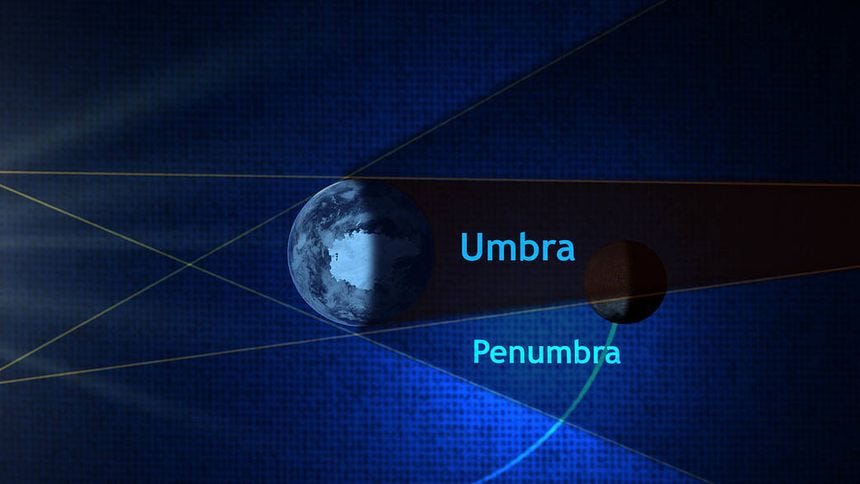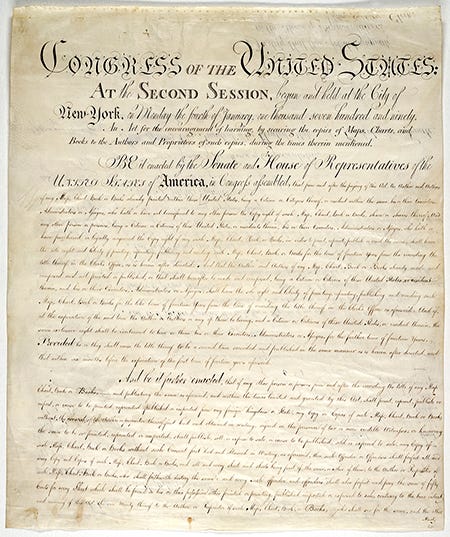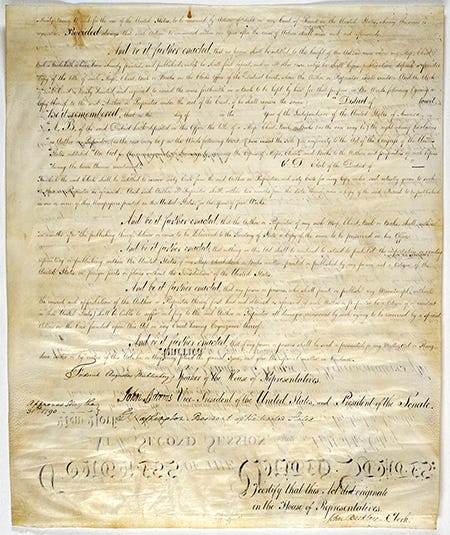EMANATIONS OF PENUMBRAS OF COPYRIGHT CLAIMS
When the "State of the Art" is Flux, The Law is Flux
What is the History of Copyright Law?
Origins: Copyright principles trace back to ancient Greece and Rome, where limited protections were granted to authors and artists.
Early Modern Era: The first copyright law resembling modern concepts emerged in England with the Statute of Anne in 1710, which aimed to promote learning by granting authors exclusive rights for a limited time.
United States: The U.S. Constitution (Article I, Section 8) empowered Congress to enact copyright laws to "promote the progress of science and useful arts," leading to the Copyright Act of 1790, the first federal copyright statute.
Art 1, Sec 8, Clause 8 grants Congress the power to “promote the Progress of Science and useful Arts by securing for limited times to Authors and Inventors the exclusive Right to their respective Writings and Discoveries.International Treaties: The Berne Convention (1886) [WIPO Summary] established international copyright standards, including automatic protection upon creation and minimum durations.
What is the “Current” Copyright Law?
[Spoiler alert: It is NOT current! -AI COUNSEL]
Scope: Copyright protects original works of authorship fixed in any tangible medium of expression, such as literary, artistic, musical, and dramatic works, as well as software and architectural designs.
Duration: In the U.S., copyright generally lasts for the life of the author plus 70 years. For works made for hire or anonymous/pseudonymous works, copyright protection lasts 95 years from publication or 120 years from creation, whichever is shorter.
Rights: Copyright holders have the exclusive rights to reproduce, distribute, perform, display, and create derivative works based on their original creations.
Fair Use: Allows limited use of copyrighted material without permission for purposes such as criticism, comment, news reporting, teaching, scholarship, or research, balancing the rights of creators with the public interest. [Don’t sleep on AI Counsel’s NEW SONG AND MUSIC VIDEO “FAIR USE VIBES” featuring the Four Factors to the Fair Use Exception to a claim of Copyright Infringement]
Digital Millennium Copyright Act (DMCA): Addresses copyright issues related to digital media, including protections for online service providers and procedures for copyright owners to protect their rights online. Cornell Law Summary
International Treaties: Countries typically adhere to international agreements like the Berne Convention and TRIPS (Trade-Related Aspects of Intellectual Property Rights), harmonizing copyright laws globally. (WTO Summary)
Commentary
Copyright law continues to adapt to technological advancements, most acutely development of Generative AI products tools and technologies.
These are being created by the day, make use of available global data content, and thus implicate the copyrights contained therein.
Since copyright law has the twin aims of
(a) protecting inventions (ideas) while at the same time
(b) allowing for development of new ideas based upon old ideas — this is how mankind iterates
There will be a well felt tension as LLMs and related hoover vacuum the world and history’s global data and use it to create “new” things.
The law is not clear, even as Plaintiffs say it is, and Defendants say it is. What the present state of the law is will follow as a lagging indicator as the technology is developing faster than the structures of law existing to rule upon it.
This is why I say current copyright jurisprudence is reliant upon brand new fact patterns, judged by old legal structures which did not even imagine it, and thus emanations of penumbras (shadows and inference) will carry cases like Ross Intelligence and NYT v OAI now and for some time in the future.
In other words, Copyright Law is being made (remade?) as we speak daily, weekly, and in the years to come.
=Copyright act of 1790 [should we make this old paper into a bot?]






